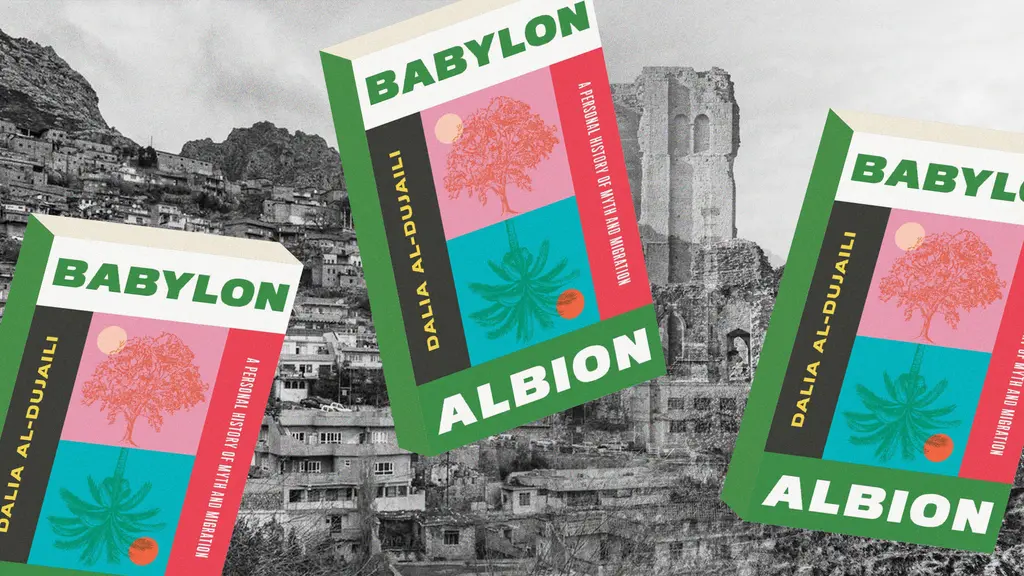An idyllic portrait of pre-gentrification Brooklyn
- Text by Miss Rosen
- Photography by Four Boys, Myrtle Avenue, Larry Racioppo 1979

When the United States economy reaches its breaking point, it historically turns to socialist policy to right the damage capitalism has wrought. In December 1973, President Richard Nixon signed the Comprehensive Employment and Training Act (CETA) into federal law, enacting a nationwide service to train workers and provide them with jobs in public service.
In New York City, over 500 artists found work through the Cultural Council Foundation’s CETA Artists Project – the largest federal arts employment effort since the Works Progress Administration of 1933-42. Among the were photographers Meryl Meisler and Brooklyn native Larry Racioppo. On January 1, 1978, Racioppo started a job that paid him $10,000 a year – more than enough to live in New York City before it was gentrified.

Girls jumping rope, Lafayette Avenue

“Being chosen for the CETA program was a big break emotionally and financially. I had taught photography at an alternative high school the year before but did not return in the Fall of 1977. I was scraping by with a little freelance work but was considering renewing my NYC taxi license,” Racioppo says.
In April 1979, Racioppo and photographer Robert Gurbo began working with the Clinton Hill Restoration and Development Corporation (CHRDC), a local group responsible for revitalising the Pratt University-Fort Greene section of Brooklyn. The community had fallen into disrepair under Nixon’s 1969 policy of “benign neglect”; a decade later CHRDC hired local teens to clean the parks and help renovate a local brownstone, while Racioppo and Gurbo documented their work.
“The summer of 1979 was a time of bellbottom pants and loud shirts, of stickball and schoolyard basketball, the same games I had played,” Racioppo says. “I loved talking to the kids and teenagers I met. Some posed boldly, some needed a little coaxing, but no one ever said ‘no’ to being photographed.”


Racioppo also photographed the Italian-American community on Myrtle Avenue, on the north end of the neighbourhood. “I felt like I was back home on Fifth Avenue in South Brooklyn. The butcher shops, bakeries, restaurants, and their owners looked familiar so I was not surprised when I encountered their hesitancy to be photographed,” he says.
“Long before I ever thought of becoming a photographer, I read about the deep-rooted Italian-American suspicion of outsiders in my freshman sociology course at Fordham. But I learned to persist. I carried a letter from CHRDC to prove my legitimacy and used it often along Myrtle Avenue.”
Looking back at his contact sheets, Racioppo recognises the continuity between his formative experiences and the lives he photographed, a transition from one generation of native New Yorkers to the next.
“I see the younger kids and teenagers deciding just how tough they want to present themselves to me. It reminds me so much of growing up in Brooklyn,” he says.
“My wife, who is from upstate, has never gotten used to the way New York kids playing ball in the street move like matadors – as little as possible from our car as I drive slowly past them. I always laugh while telling her that I did the same exact thing many years ago. It’s a point of honour.”

Serious boy and a cornerstone, Lafayette Avenue


Owners, Nina’s Bakery, Myrtle Avenue



Jumpshooter, Underwood Park
Follow Miss Rosen on Twitter.
Enjoyed this article? Like Huck on Facebook or follow us on Twitter.
You might like

Largest-Ever Display of UK AIDS Memorial Quilt Opens at Tate Modern
Grief Made Visible — Comprising hundreds of panels made by lovers, friends and chosen family, the UK AIDS Memorial Quilt returns in full for the first time since 1994 – a testament to grief, friendship and the ongoing fight against HIV stigma.
Written by: Ella Glossop

In Medellín’s alleys and side streets, football’s founding spirit shines
Street Spirit — Granted two weeks of unfettered access, photographer Tom Ringsby captures the warmth and DIY essence of the Colombian city’s grassroots street football scene.
Written by: Isaac Muk

On Alexander Skarsgård’s trousers, The Rehearsal, and the importance of weirdos
Freaks and Finances — In the May edition of our monthly culture newsletter, columnist Emma Garland reflects on the Swedish actor’s Cannes look, Nathan Fielder’s wild ambition, and Jafaican.
Written by: Emma Garland

Youth violence’s rise is deeply concerning, but mass hysteria doesn’t help
Safe — On Knife Crime Awareness Week, writer, podcaster and youth worker Ciaran Thapar reflects on the presence of violent content online, growing awareness about the need for action, and the two decades since Saul Dibb’s Bullet Boy.
Written by: Ciaran Thapar

Dalia Al-Dujaili: “When you’re placeless, nature can fill the void”
Babylon, Albion — As her new book publishes, the British-Iraqi author speaks about connecting with the land as a second-generation migrant, plants as symbols of resistance, and being proud of her parents.
Written by: Zahra Onsori

We are all Mia Khalifa
How humour, therapy and community help Huck's latest cover star control her narrative.
Written by: Alya Mooro

